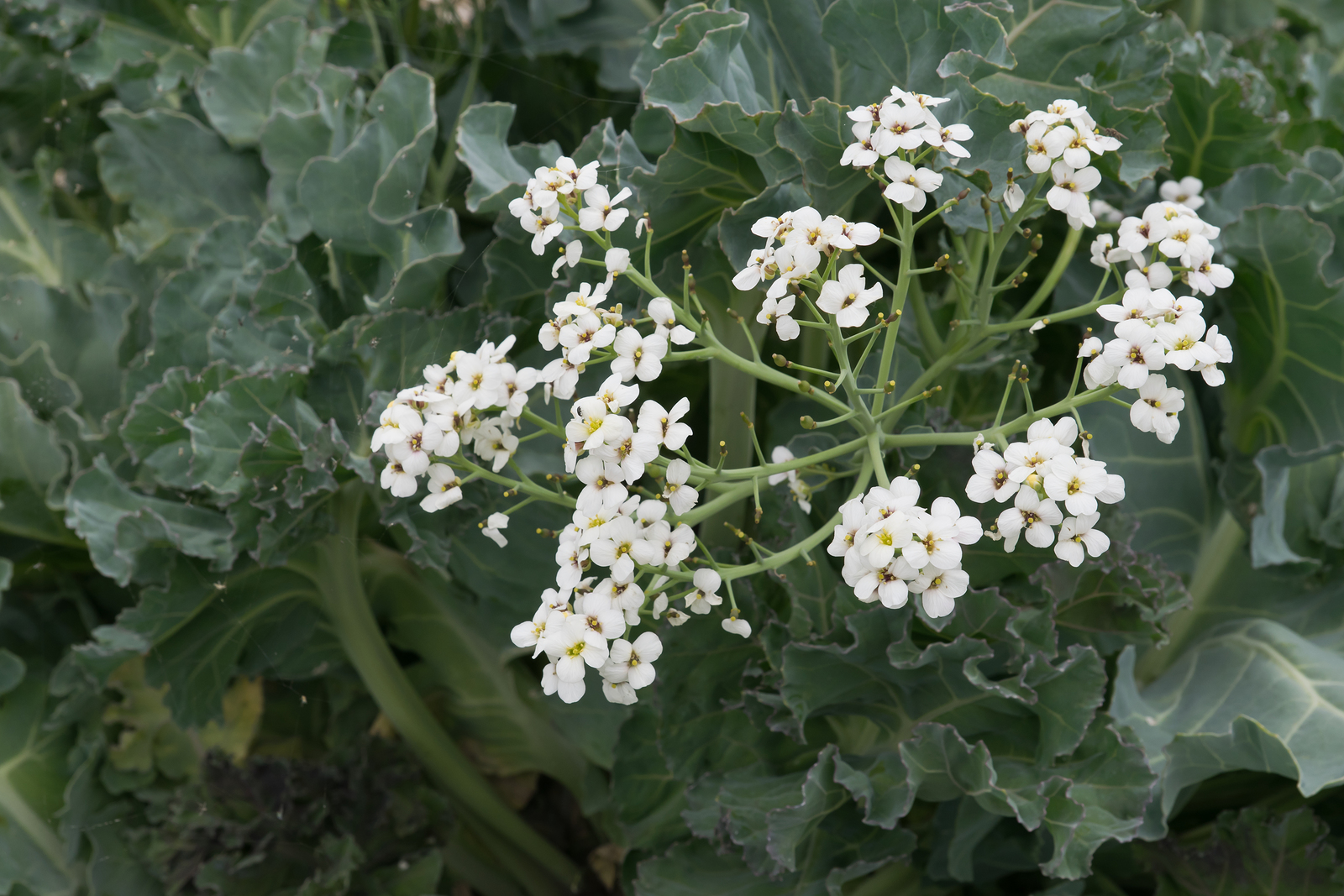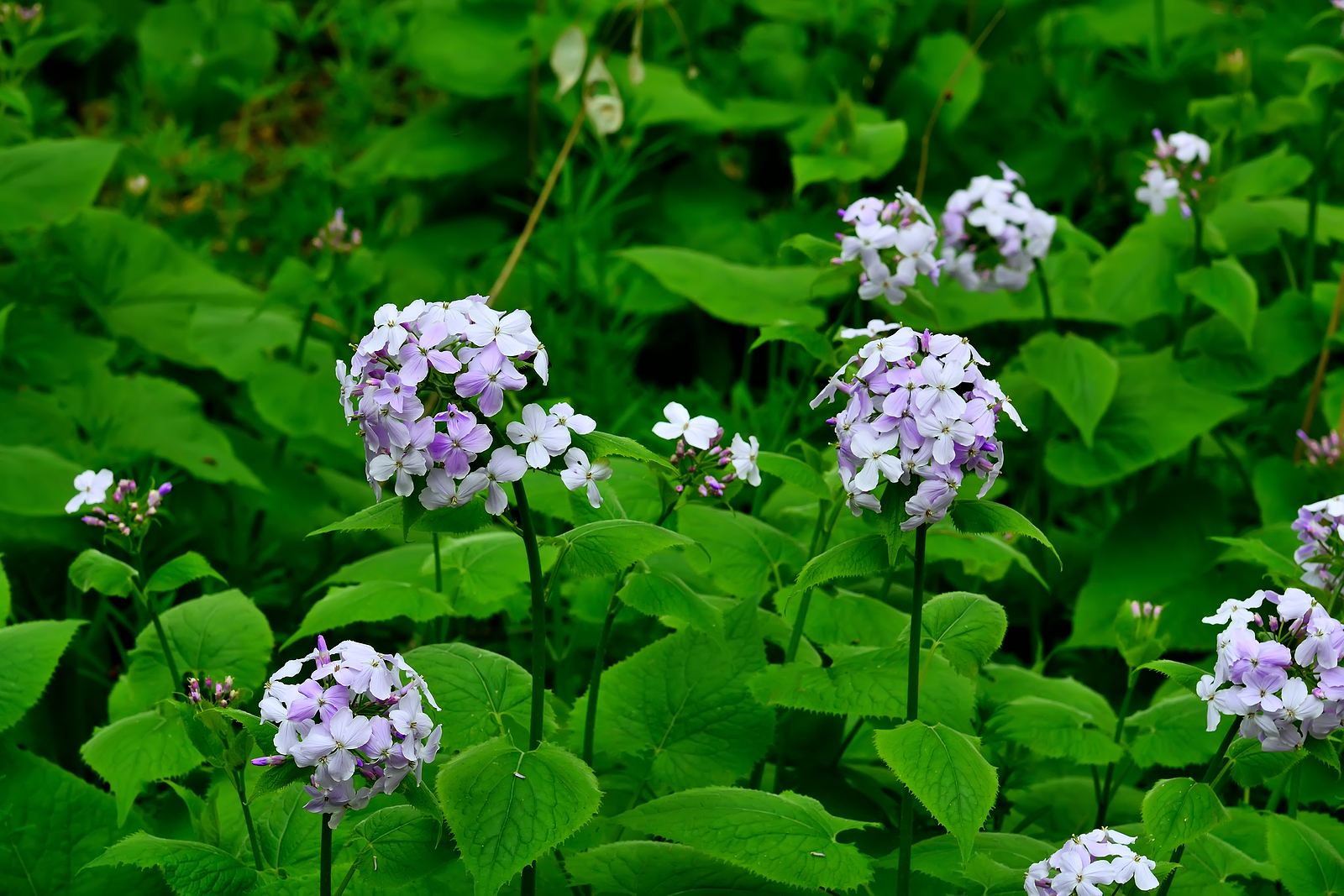How to Grow Bluets – Hedyotis
Hedyotis is a large genus of mostly low-growing perennials and annuals. Hedyotis michauxii is a species often grown in gardens and as a houseplant. It is a low, creeping plant with sky-blue flowers — four, cross-shaped petals with a creamy yellow center. Other species of Hedyotis have white flowers. Hedyotis prefers warm soil and air […] More












